The Rise of Smart Homes: How Technology is Transforming Architectural Design
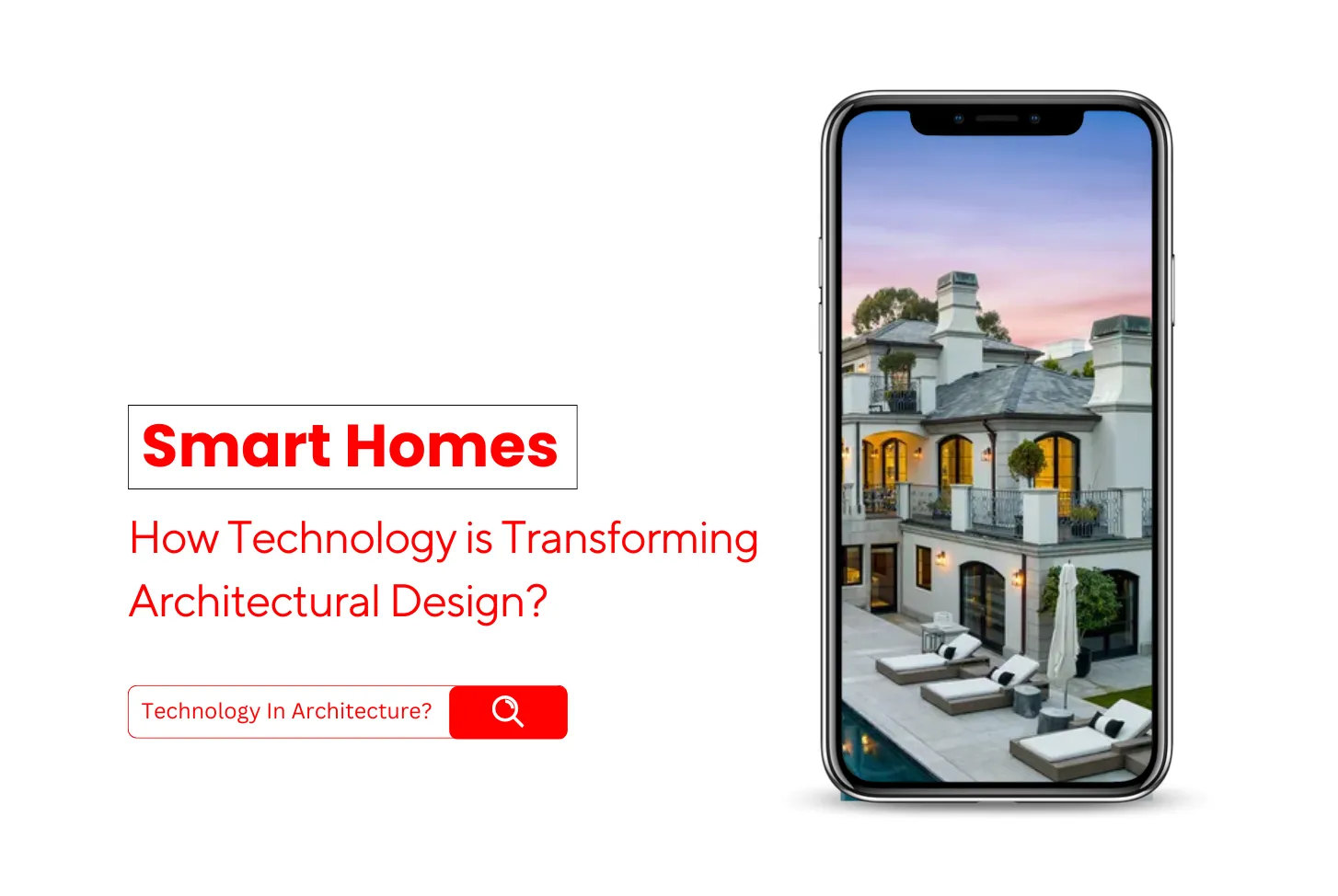
The Rise of Smart Homes: How Technology is Transforming Architectural Design
Technology has changed many aspects of our lives recently, and it is now influencing architectural design. The way we live and interact with our living spaces is being transformed by the rise of smart homes. Architectural design is becoming more intelligent, effective, and personalized as a result of the integration of cutting-edge technologies. We will look at how technology is changing architectural design and the fascinating world of smart homes in this blog post.
1. The Idea Behind Smart Homes:
The term "smart home" refers to a residence that is outfitted with interconnected systems and devices that automate and improve numerous aspects of daily life. Smart homes provide convenience, comfort, and efficiency at the touch of a button in a variety of areas, including lighting, security, energy management, and entertainment. They are made to seamlessly incorporate technology into the architectural framework, making homes more responsive to the needs of their occupants and adaptable to those needs.
2. Smart Foundation and Availability:
One of the critical components of savvy homes is the combination of a canny foundation and availability. This involves putting in sensors, actuators, and network systems that let devices talk to each other and make the home a networked ecosystem. Homeowners can manage and monitor their homes from anywhere in the world thanks to these interconnected systems that make automation, data exchange, and remote control possible.
3. Enhanced Energy Conservation:
Smart homes are made to use less energy and be more environmentally friendly. Homeowners can automate HVAC and lighting systems, monitor and control energy use, and even incorporate renewable energy sources like solar panels using cutting-edge technologies. This mix of shrewd energy the board frameworks diminishes service bills as well as adds to a greener climate.
4. Safeguarding and intelligent security:
Smart homes offer enhanced safety features because homeowners place security first. Homeowners can remotely monitor their properties and get alerts in real-time by integrating intelligent security systems like motion sensors, surveillance cameras, and smart locks. Smart fire and carbon monoxide detectors can also notify emergency services on their own, safeguarding the occupants.
5. Personalized Experiences in Living:
Savvy homes are intended to adjust to the inclinations and necessities of individual inhabitants, giving customized residing encounters. Through man-made consciousness (simulated intelligence) and AI, shrewd homes can learn tenant ways of behaving, change lighting and temperature inclinations, and even expect their necessities. A home that is tailored to the homeowner's lifestyle is one that is both comfortable and convenient thanks to this level of customization.
6. Coordination of Voice Control and Remote Helpers:
The way we interact with our homes has been further altered by the rise of smart speakers and virtual assistants. Homeowners can use voice commands to control a variety of smart devices with voice control systems like Amazon Alexa and Google Assistant. Virtual assistants are becoming an essential component of smart homes because they provide a hands-free and intuitive user experience for a variety of tasks, including adjusting the thermostat, playing music, and placing an order for groceries.
7. Challenges and Trends in the Future:
The possibilities for smart homes are endless as technology advances. From the mix of expanded reality and computer-generated reality for plan perception to the fuse of Web of Things (IoT) gadgets for consistent availability, the fate of savvy homes is promising. However, in order to ensure the widespread adoption of smart home technology, issues related to data privacy and security flaws must also be addressed.
Conclusion:
The proliferation of smart homes is reshaping architectural design to create living spaces that are intelligent, efficient, and individualized. With the mix of cutting-edge innovations, mortgage holders can appreciate accommodation, solace, energy proficiency, and upgraded security in their regular daily existence. Smart homes promise a new era of architectural design that places an emphasis on innovation and adaptability to meet the needs of the modern homeowner as technology continues to advance.
Share this Post:
People Also Read
Explore how architecture drives economic development, creating jobs, attracting investments, and enh...Read more
Discover the harmonious blend of structural ingenuity and artistic expression in the world of archit...Read more
role of color in architecture and how we best architecture firm in delhi provide colour combination...Read more
Discover the future of architecture! Experience convenience, global collaboration & immersive design...Read more
Are you ready to convert your home into a “SMART HOME”? Read the full blog to know how technology is...Read more
Are you living in a small apartment so don’t have to compromise? After Implementing these points you...Read more
Choose Nakshewala.com to get the best online design solutions for any type of building design....Read more
A typical floor plan for a small house refers to a space that is less than or equal to 1200 sqft....Read more
we will learn about the various elements of architecture in a small home front elevation design....Read more
if you’re looking for a budget house plan for your three bedroom home, then you can consider smart h...Read more
As we embrace the beauty and practicality of small homes, let Nakshewala guide the way with their be...Read more
Vastu House Plan for a South Facing Plot...Read more
Explore how architecture drives economic development, creating jobs, attracting investments, and enh...Read more
Discover the harmonious blend of structural ingenuity and artistic expression in the world of archit...Read more
role of color in architecture and how we best architecture firm in delhi provide colour combination...Read more
Discover the future of architecture! Experience convenience, global collaboration & immersive design...Read more
Are you ready to convert your home into a “SMART HOME”? Read the full blog to know how technology is...Read more
Are you living in a small apartment so don’t have to compromise? After Implementing these points you...Read more
Choose Nakshewala.com to get the best online design solutions for any type of building design....Read more
A typical floor plan for a small house refers to a space that is less than or equal to 1200 sqft....Read more
we will learn about the various elements of architecture in a small home front elevation design....Read more
if you’re looking for a budget house plan for your three bedroom home, then you can consider smart h...Read more
As we embrace the beauty and practicality of small homes, let Nakshewala guide the way with their be...Read more
Vastu House Plan for a South Facing Plot...Read more



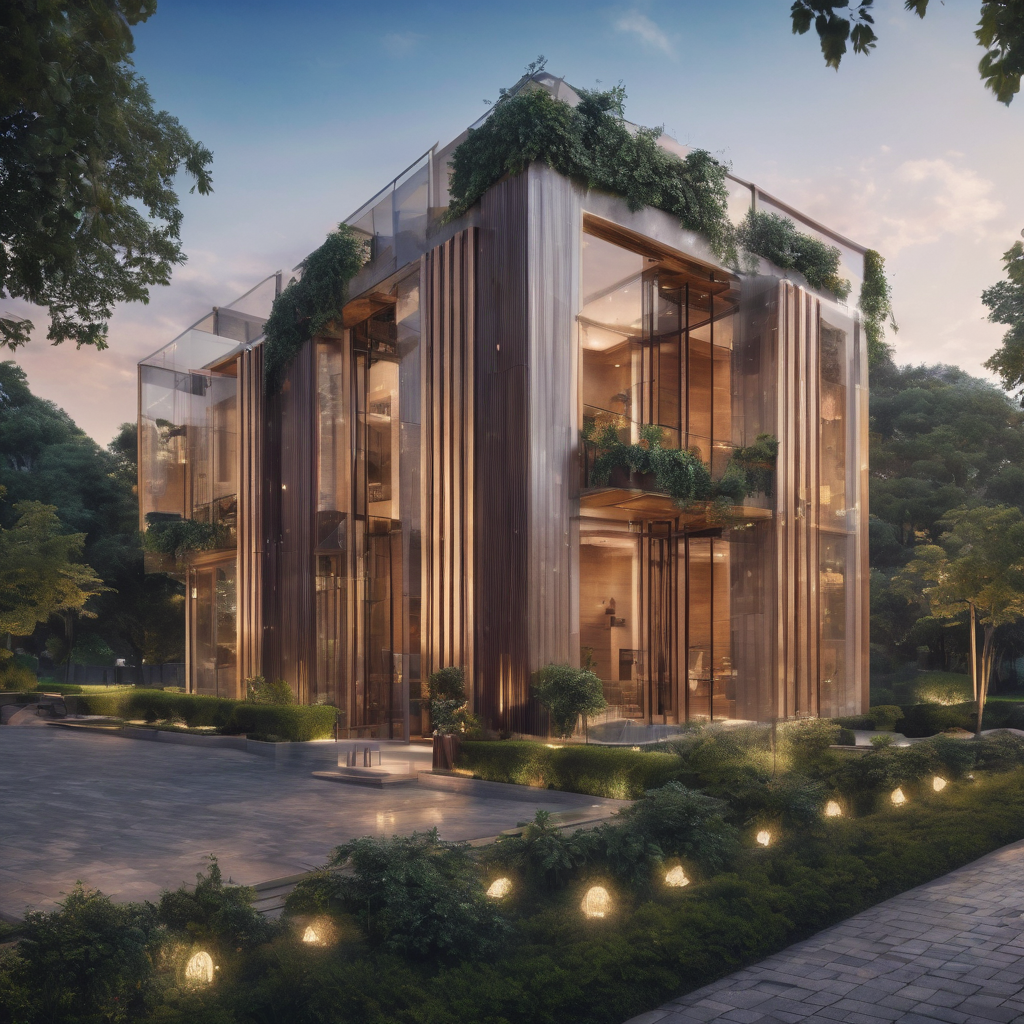
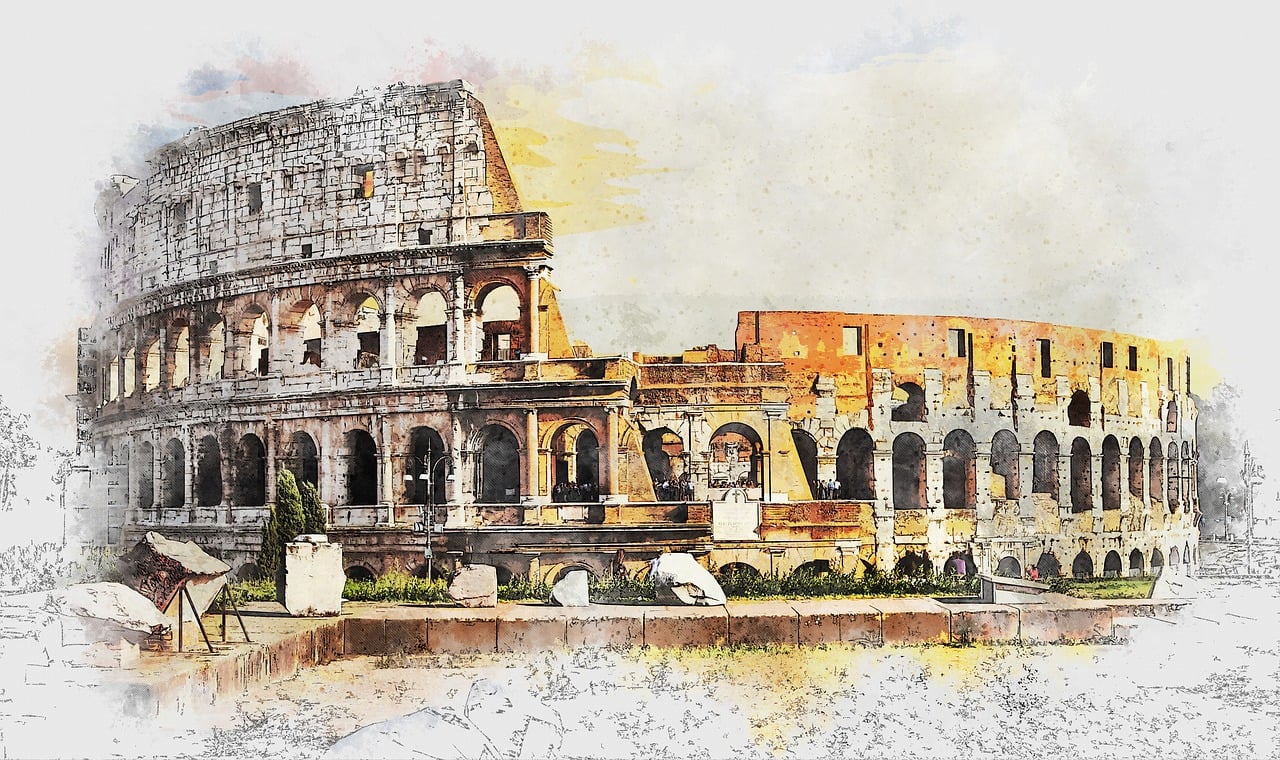

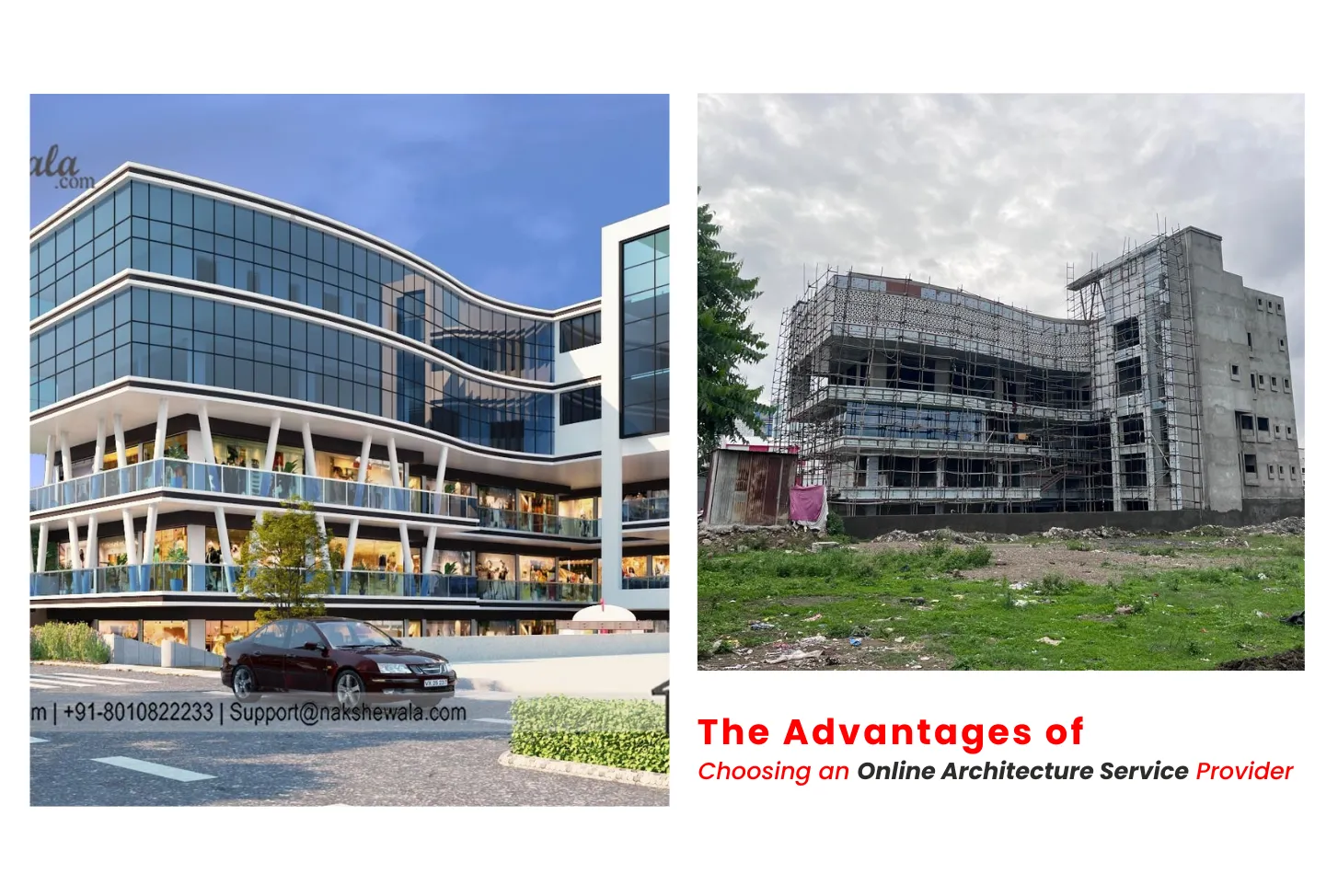

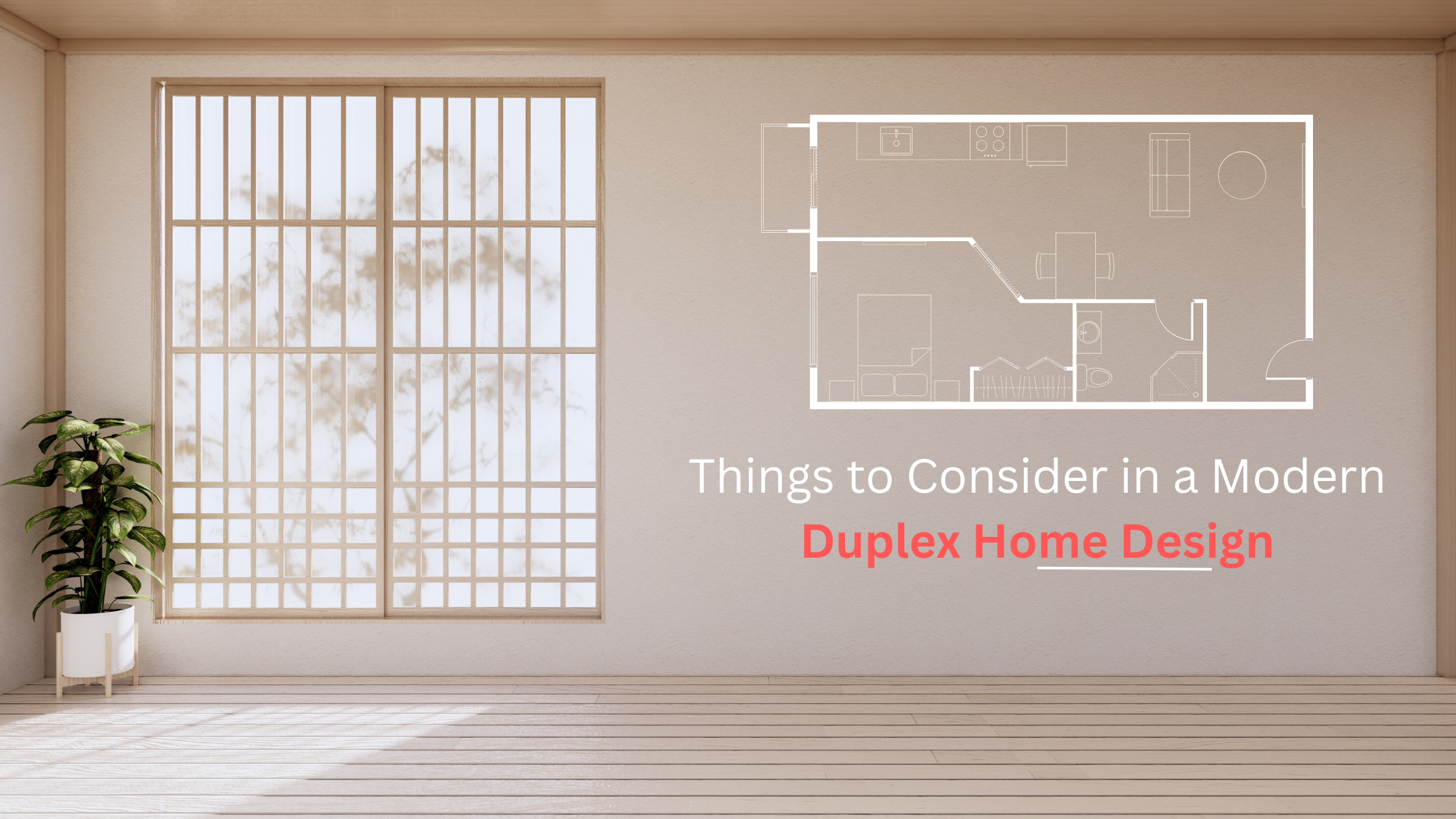

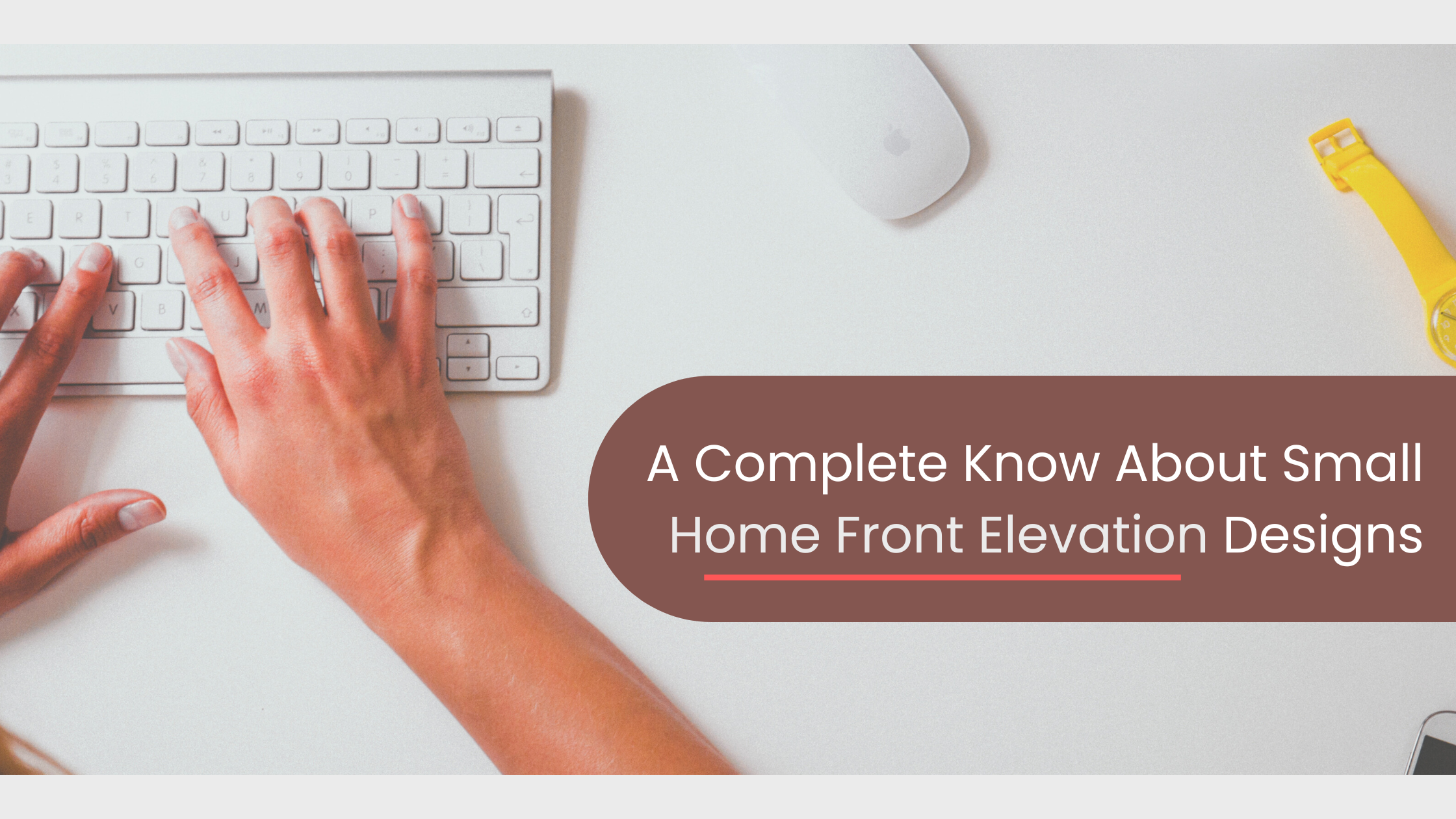
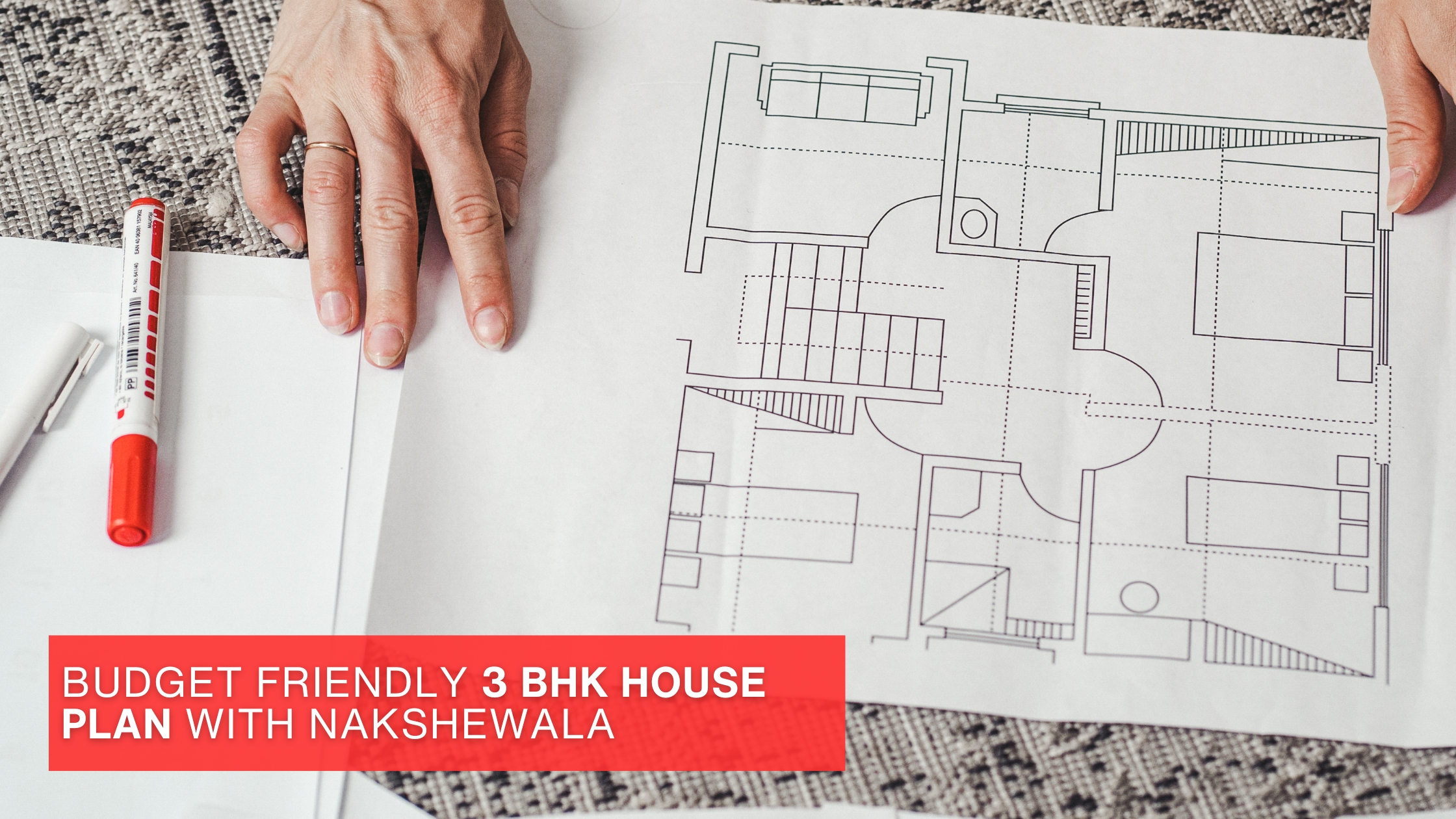
_1706702750.jpg)
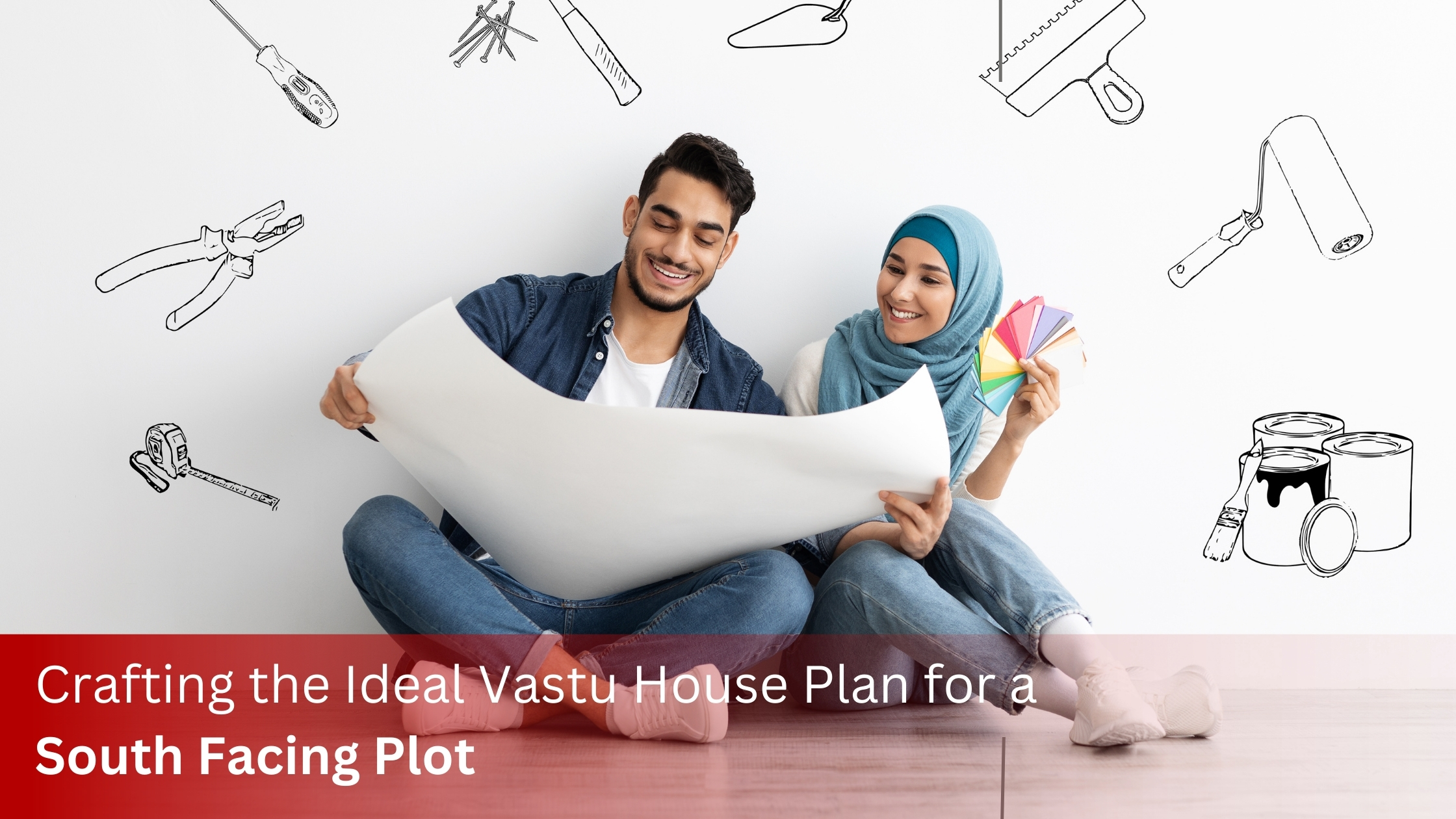
Comments